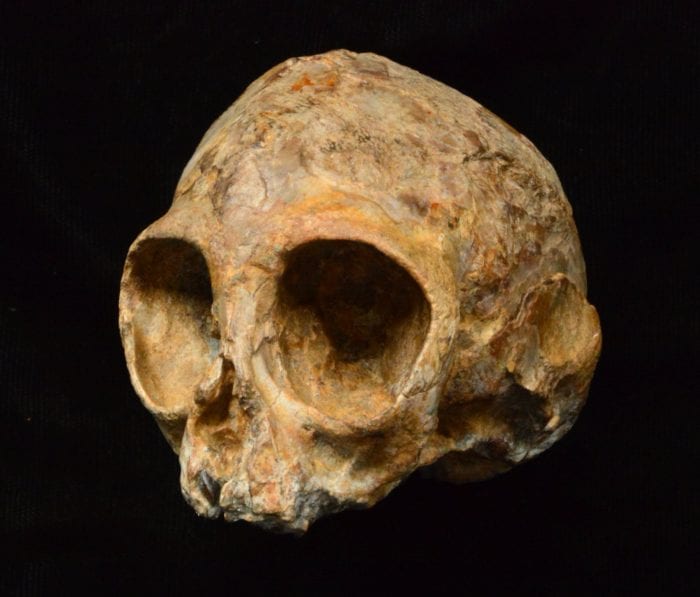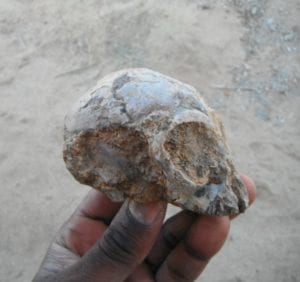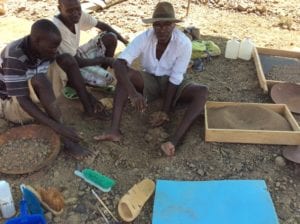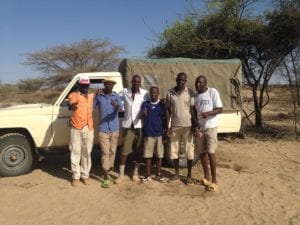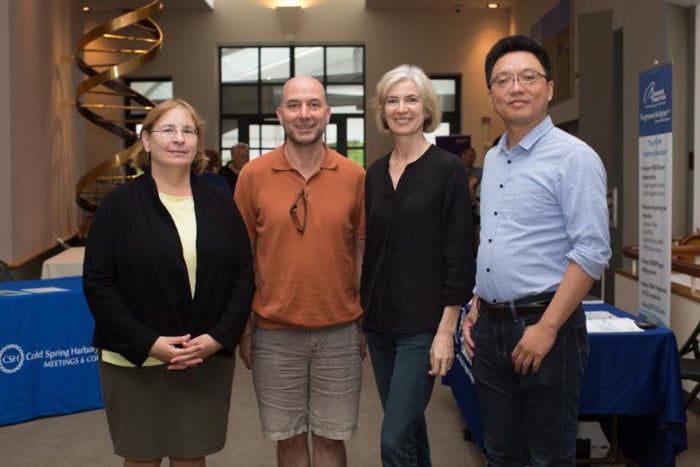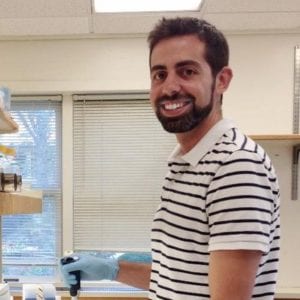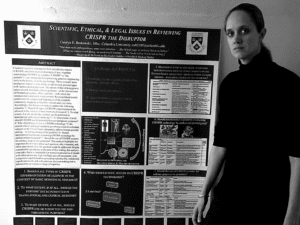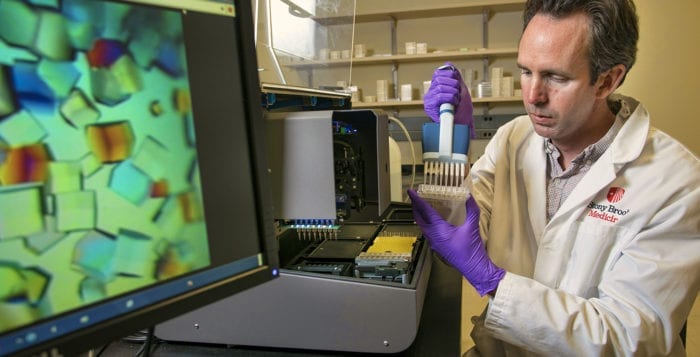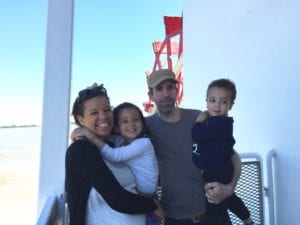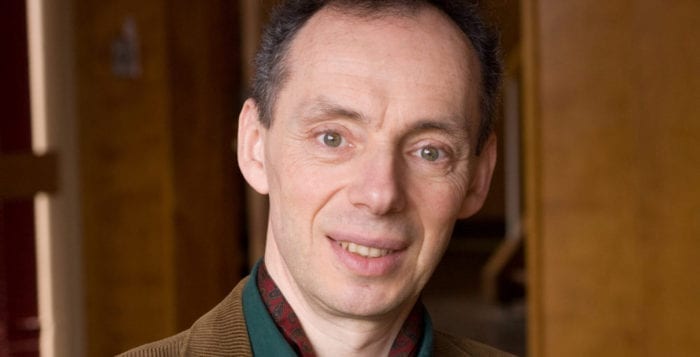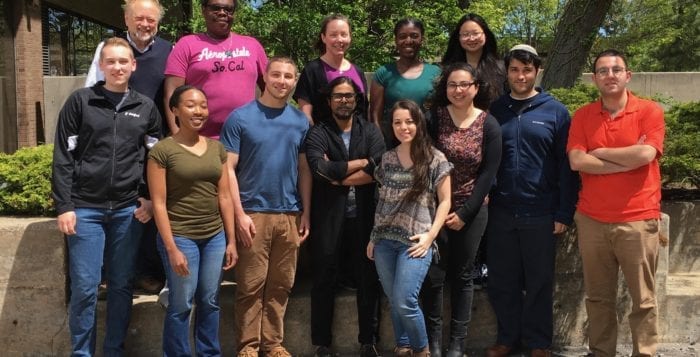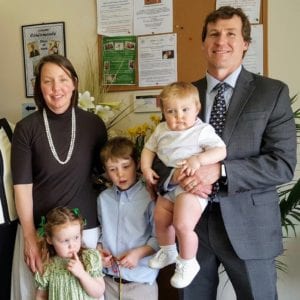Journalists need to embrace Detective Sgt. Joe Friday’s line from “Dragnet,” “Just the facts, ma’am.”
Caught up in intense public passions, journalists can either throw their opinions at the inflamed cacophony or they can seize an opportunity to do something that has escaped most politicians: Represent broader interests.
We live in a world of spin, where claims and counterclaims come out so rapidly that reality has become a blur. The challenges in sifting through fact and fiction have increased as officials of all stripes shout their truths from the rooftops, even if they have an obstructed view of the world down below.
When I was in journalism school more than two decades ago, a good friend from Bulgaria, who was one of the few people who could pronounce my name correctly when she read it in my mailbox, shared her writing with me.
I noticed a flaw in the way she recorded dialogue. The quotes in her story often lacked the syntax and vocabulary that native English speakers possess. When I asked if she only spoke with other Bulgarians, she playfully punched my shoulder and said she needed to hear better.
That was an unintentional consequence of the way someone who spoke three languages translated the world.
The chasm today between what people say and what others hear, even those who speak the same language, has gotten wider. Editors and reporters return to their desks or take out their laptops, ready to share quotes, events and facts.
These fellow members of the media may find themselves seeing what they want to see, much like the parent of an athlete on a field or a coach who has become an advocate or cheerleader. In editorials, where we’re clearly sharing an opinion, that works, but in news reports we should share the facts, offer context — and increase the value of fact-based reporting.
With facts under regular assault, the search for them, and the ability to verify them, becomes even more important.
A divided nation needs balanced, fair, accurate and defensible reporting. In their publications, scientists share materials and methods sections, which should allow other researchers to conduct the same experiments and, presumably, find the same results. Far too often, opinions disguised as news urge people to trust the writer. Why? Readers should be able to pull together the same raw materials and decide for themselves.
I know government officials don’t always deal in facts. I also know numbers can be repackaged to suit an agenda, turning any conclusion into a specious mix of farce and mental acrobatics. To wit, he’s the best left-handed hitter every Tuesday there’s a full moon below the Mason-Dixon line. Just because it’s presented as a fact doesn’t mean we have to report it or even mock it. If it’s meaningless, then leave it alone. The argument that other journalists are doing it doesn’t make it acceptable.
Several years ago, someone called to berate me for what he considered errors in my story. Rather than shout him down, I gave him the chance to offer his perspective. Eventually he calmed down and we had a measured, detailed discussion. This became the first of numerous conversations and interactions in which he provided important perspectives and shared details I might not otherwise have known.
Reporters face a public acutely aware of its own anger. Almost by definition in a country where the two major political parties struggle to find common ground, some group of readers disagrees with our coverage. We shouldn’t try to please everyone. In fact, we should try to please no one — we should merely work harder. It’s time to allow facts to speak for themselves.

